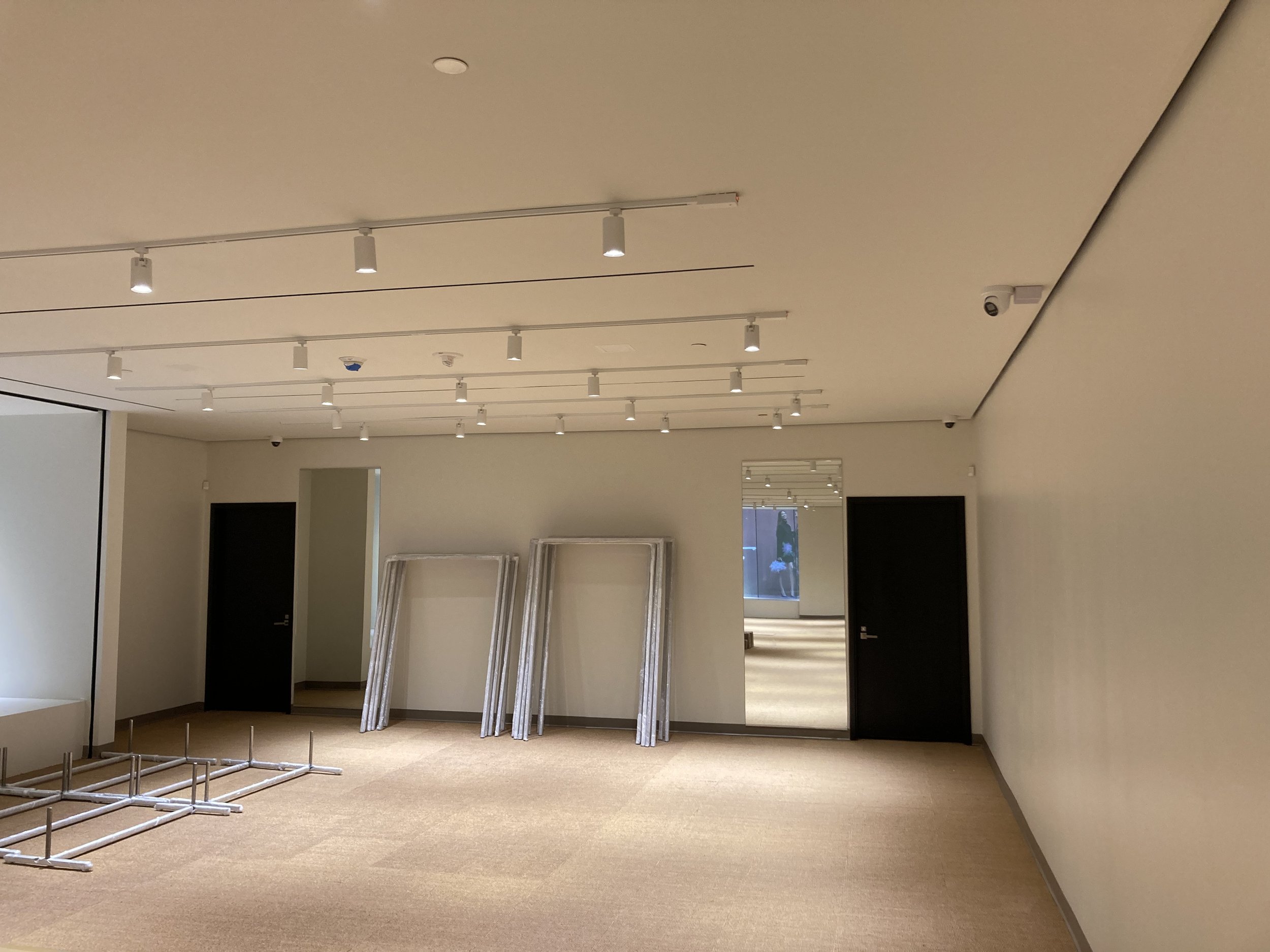Case Study: The Pop-Up
This summer, Settler was approached by a client with some unique security needs. This case study examines how we made the most of OEM capabilities and cross-client buying power to build a flexible security camera solution that met their needs.
Background
Our client was an out-of state retailer opening a pop-up store to test the Dallas market. The length the pop-up would be active was undetermined, but planned to be well under a year. This was a significant challenge in a vertical where standard contracts are often 24 or 36 months. Buying 36 months of services for project that might only last 6 wasn’t in the budget.
In addition, as IT and senior management were located in another city, the security systems needed to be accessible remotely. The retailer carried luxury goods that required higher levels of camera coverage than some other retail categories. Combining remote accessibility and higher levels of coverage had to be done without compromising bandwidth for POS (point-of-sale) and inventory systems.
Recent storms had impacted internet reliability in the Dallas area, so the client also wanted to provide for on-site redundancy of key video in case of further internet outages.
The final challenge was that, like many construction projects, the store build-out was behind its original schedule and installation needed to be done ASAP.
How did we address short-term contract needs, coverage needs, bandwidth, remote accessibility, and rapid installation?
What We Did
Most importantly, we used cameras with cloud VMS (video management software) services and infrastructure. These were combined with an OEM-spec’d switch, bridge, and video recorder, for a full-stack camera solution.
We installed 12 cameras for three rooms; each room was covered by standard daytime cameras and a mix of standard IR and Starlight night vision to provide wide-spectrum coverage for any night-time incidents. The number of cameras allowed for multiple angles on all doors and anticipated displays. VMS was purchased on an on-demand basis. AI analytics were included to provide insight into foot traffic trends. Monthly leasing programs were offered for all hardware (although this client decided to buy the hardware outright, to be moved to another site after this project).
For non-hardware project components, such as monitoring services, we offered temporary seats on company subscriptions.
Project Outcomes
The full-stack camera solution allowed for rapid deployment. Starting from an unfinished building, without wiring, hardware was wired, installed, and configured in less than two weeks from project start.
Cloud-managed infrastructure allows for remote updates, power cycling, and storage management from any location. Client administrators have easy access to camera permissions. Other remote management or on-the-ground staff can be granted permissions to all or some views, based on what they most need to see. A well-developed and fully-implemented camera taxonomy and VMS filtering allow for rapid expansion to additional sites, without losing site-specific views.
Configurable backup timing and resolution leave plenty of daytime bandwidth for key selling and management systems, while onsite video storage provides coverage for internet outages. Low-resolution previews are uploaded regularly and full-resolution video can be accessed from any web-connected device.
The combination of pooled service subscriptions and on-demand software mean that the clients can easily wrap up their security investments when the rest of the project does. Leasing options allowed clients to choose the mix of up-front cap-ex vs ongoing op-ex spend to best meet their budgets. In this case, it made sense for clients to purchase the hardware up-front, so that it can be moved to another location. Most importantly for this client, when the pop-up closes, there will be no on-going contractual obligations.
